
























Risk-based maintenance (RBM) is the process of evaluating the possible effects and likelihood of equipment malfunctions and operating errors in industrial facilities and businesses and basing maintenance activities on this risk analysis. This approach is critical to increase the efficient use of resources, the reliability of equipment and overall operational safety. In this context, Computerized Maintenance Management Systems (CMMS) play an important role in improving the effectiveness and efficiency of RTB applications.
Fundamentals of Risk-Based Maintenance
The main purpose of RBM is to reduce the overall risk profile of the business and optimize equipment performance. This is accomplished by analyzing the possible consequences of equipment failures and the frequency of occurrence of these failures. RBM is especially important for identifying critical equipment and prioritizing these equipment. Prioritization is done according to factors such as the importance of the equipment within the business, safety risks that may arise in case of malfunction, and production losses.
Contributions of CMMS to RBM
CMMS supports RBM applications in several main ways:
Data Collection and Analysis:
CMMS collects and stores important data such as equipment performance, fault history, and maintenance records. These data form the basis of risk analyzes and maintenance planning.Prioritization and Planning:
CMMS helps prioritize equipment based on their risk level. This ensures that maintenance resources are directed to equipment at highest risk so that preventive measures can be taken in areas where potential failures would have the greatest impact.Alerts and Reminders:
CMMS can create automatic reminders and alerts based on established maintenance schedules. This feature ensures timely maintenance and reduces risks.Resource Management:
CMMS ensures the effective use of maintenance personnel, spare parts and other resources. In risk-based maintenance processes, it is critical to allocate resources correctly.Reporting and Continuous Improvement:
CMMS can analyze and report the results of maintenance activities. This feature offers the possibility to evaluate and improve the effectiveness of RBM strategies as part of continuous improvement processes.
Risk-based maintenance allows businesses to manage maintenance activities more strategically and efficiently. The data analysis, planning, resource management and reporting features provided by CMMS play a critical role in the effective implementation of RBM. This integration is essential to reduce the negative effects of equipment failures and operating errors, increase operational efficiency and ensure overall operational safety.

